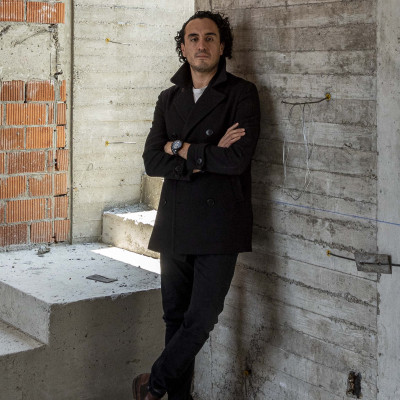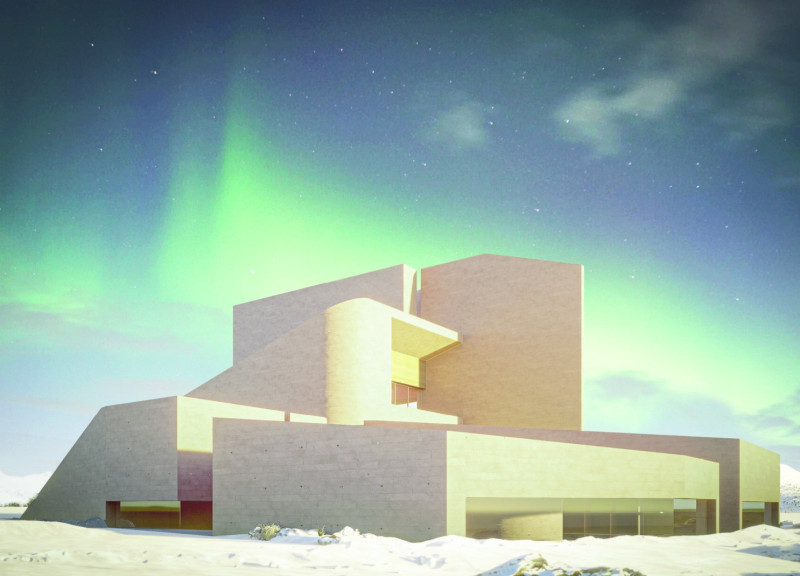5 key facts about this project
At its core, the project represents a seamless integration of form and function. The design prioritizes user experience, with spaces carefully arranged to enhance interaction and accessibility. Natural light permeates the interiors, creating a welcoming atmosphere that encourages occupants to engage with both the built environment and the surrounding landscape. This attention to light is complemented by the use of materials that reflect and enhance the warmth of the interior spaces, promoting a sense of comfort and connectivity with outside elements.
Noteworthy aspects of the architectural design include the dynamic façade, which employs a combination of [mention specific materials such as glass, wood, concrete, and steel]. The use of [specific material] not only provides structural integrity but also introduces a modern aesthetic that aligns with the project’s vision. Additionally, the alignment of windows and open spaces allows for ventilation and thermal regulation, contributing to energy efficiency. The architectural plans reveal a careful balance between openness and privacy, catering to the multifaceted needs of its users.
The project incorporates sustainable design strategies that reflect a commitment to environmental stewardship. This includes [mention elements like rainwater harvesting systems, green roofs, energy-efficient HVAC systems, or solar panels], each of which enhances the building's sustainability profile. The decision to utilize local materials further underscores a dedication to the surrounding community and minimizes the carbon footprint associated with construction.
Unique design approaches are evident throughout the project. One such approach is the incorporation of [describe any innovative design elements or techniques, such as passive solar design or modular construction], which not only serve functional purposes but also contribute to the aesthetic cohesion of the architecture. The relationship between indoor and outdoor spaces has been masterfully curated, with [describe features that promote this connection, like balconies, terraces, or gardens], allowing residents to enjoy the natural beauty of the surrounding environment.
The landscaping in and around the project significantly enhances the overall experience, featuring native plants that are both visually appealing and ecologically beneficial. This thoughtful integration of nature invites community engagement while promoting biodiversity, establishing a tranquil retreat within an urban setting.
As the project continues to evolve, it stands as a model of modern architecture that reflects evolving societal needs and environmental considerations. All of these elements combine to create an engaging environment where functionality and design coexist harmoniously, encouraging a lifestyle that values connection to community and nature. For those interested in understanding the full scope of this architectural design, exploring the architectural plans, sections, and details offers valuable insights into the vision and execution of this project. By examining these elements, readers can appreciate the complexities involved in realizing such a well-conceived architectural endeavor.


 Mario Alberto Sada Alamilla,
Mario Alberto Sada Alamilla, 























